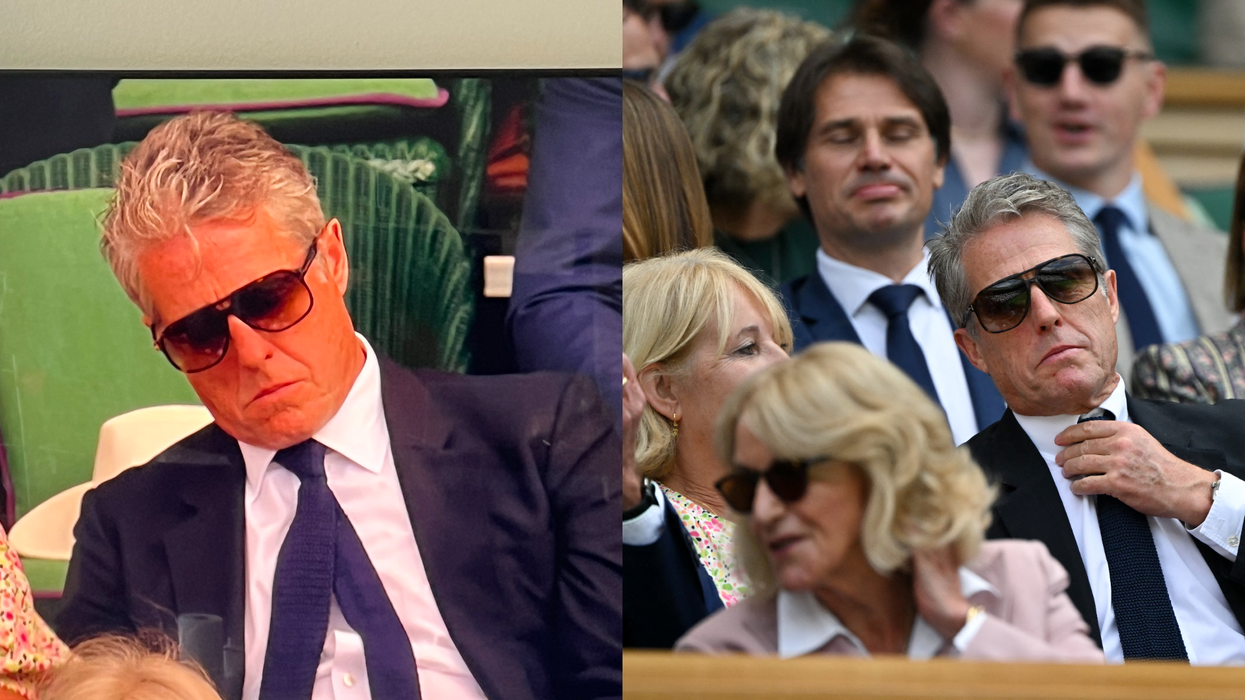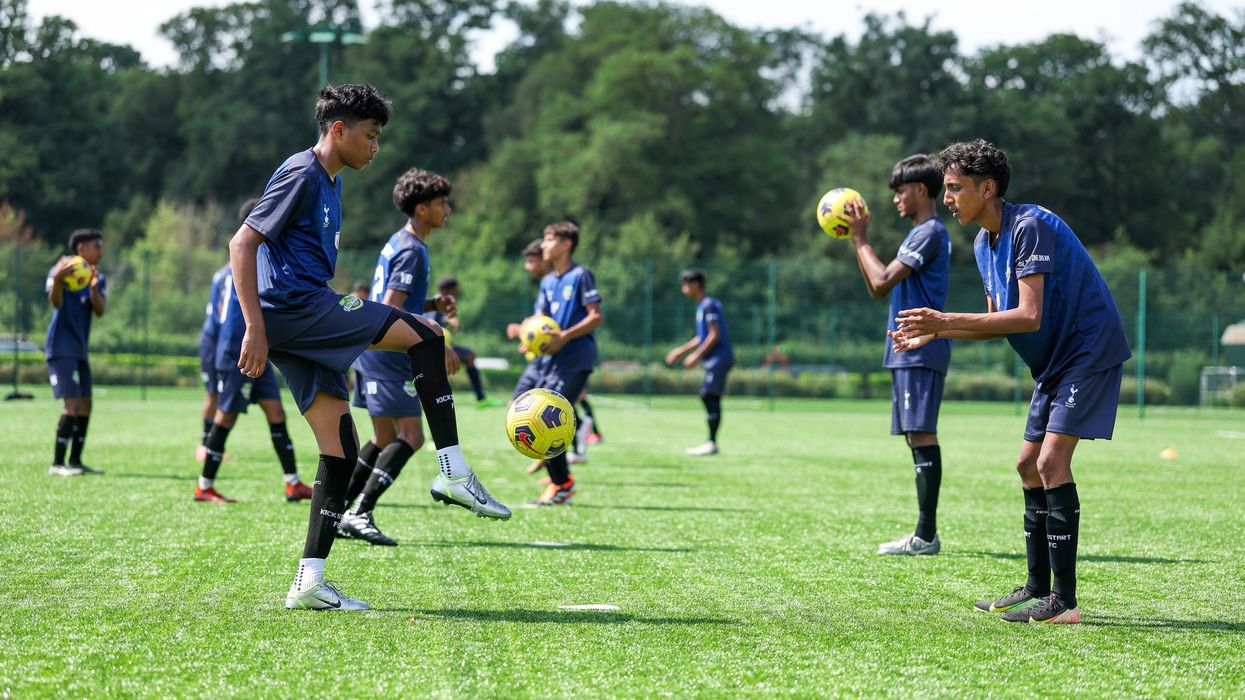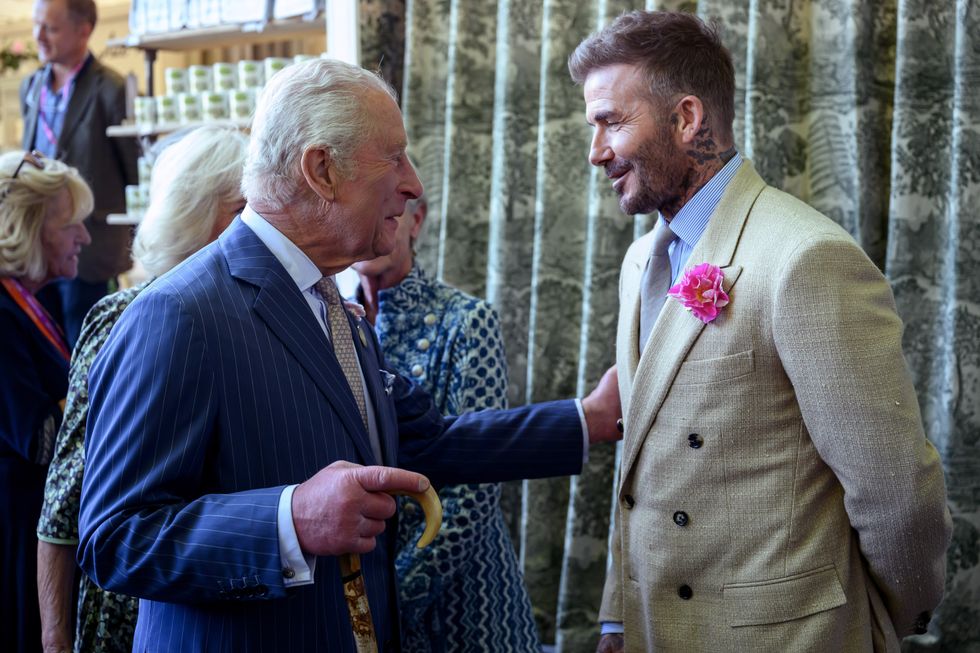The word “nutrition” can mean many things. In the UK, the word might conjure images of protein powders or our five-a-day of fruit and veg. But nutrition is much more than that. Nutrition plays a crucial role in shaping the health and life chances of people around the world.
Malnutrition is the underlying cause of almost 50 per cent of child deaths around the world as it weakens the immune system, reducing resilience to disease outbreaks such as cholera and measles. This is equivalent to approximately 2.25 million children dying annually - more than the number of children under five in Spain, Poland, Greece, or Portugal.
In 2022, more than 50 per cent of the world’s 45 million children suffering from wasting - the deadliest form of malnutrition - lived in south Asia.
Beyond the tragic human cost, malnutrition is an enemy to economic growth. Malnutrition reduces school achievement and work productivity, costing us an estimated $2.4 trillion globally every year. The worst-affected nations lose up to 16 per cent of their GDP annually.
Ultimately, it increases dependence on international aid, when global pressures mean we have to ensure every penny of our aid budgets is delivering as effectively as possible.
We’re determined not to look away from this issue. We need a new development model that responds to the evolving global challenges we face. We need a modern approach that will help low- and middle-income countries in the fight against malnutrition, support a healthy population and become self-sufficient, by forming genuine, respectful partnerships.

Baroness Chapman

Afshan Khan
The UK has already supported new thinking, sharing ideas and finding what works, and cofounded the Child Nutrition Fund, which seeks to transform the way we finance action against malnutrition.
For example, unlocking local financing for producers of essential nutrition supplies and services in low- and middle-income countries, and match-funding governments’ contribution to double investments which go towards tackling nutrition.
The Child Nutrition Fund aims to reach 230 million children and 70 million women with life-saving support globally, including the provision of nutrition supplements, breastfeeding support, and treatments for child wasting.
At this week’s Nutrition for Growth Summit in Paris, the UK is continuing that leadership. Along with the Scaling Up Nutrition (SUN) Movement and partners from around the world, the UK has launched a Global Compact on Nutrition Integration.
It focuses on thinking about nutrition as part of all we do, rather than trying to tackle it as a standalone issue. A new coalition, including the UK, Ireland, Netherlands, and Germany will embed nutrition objectives into wider government policies. This approach will help better leverage existing support for maximum impact and accelerate progress towards a world free from malnutrition.
We know this works. In Bangladesh, thinking about nutrition alongside prenatal and childhood vaccination programmes has helped bring under-five child mortality down 80 per cent. In Sierra Leone, the government has integrated nutrition into agricultural policies, successfully reducing impaired growth due to malnutrition by more than three per cent.
However, to reduce child malnutrition to zero, we need to mobilise and work globally. The Global Compact for Nutrition Integration will unite countries and partner organisations in setting and implementing more ambitious commitments. The first signatories include Cambodia, Nepal, Ireland, Germany, Netherlands, Lesotho and organisations like the World Bank, Food and Agriculture Organization (FAO) and others.
Doing nothing would be a disaster. But if we tackle this issue together - millions of lives could be saved and trillions of dollars put back into the global economy.
At the Nutrition for Growth summit, we’re rising to the challenge. Not only because it’s the right thing to do, but because it’s pivotal to the health and prosperity of us all.
(Baroness Chapman is the UK minister for international development and Afshan Khan is the coordinator of the Scaling Up Nutrition (SUN) Movement)






 Heehs describes two principal approaches to biographyAMG
Heehs describes two principal approaches to biographyAMG












 David Beckham wearing a David Austin Roses "King's Rose" speaks with King Charles III during a visit to the RHS Chelsea Flower Show at Royal Hospital Chelsea on May 20, 2025Getty Images
David Beckham wearing a David Austin Roses "King's Rose" speaks with King Charles III during a visit to the RHS Chelsea Flower Show at Royal Hospital Chelsea on May 20, 2025Getty Images